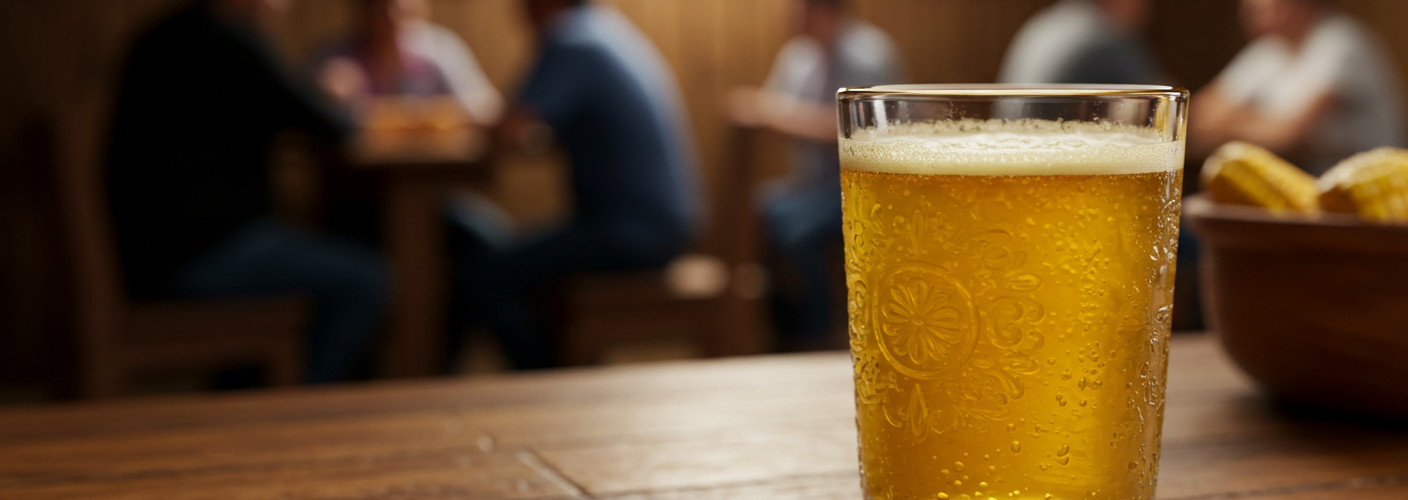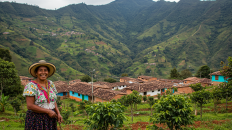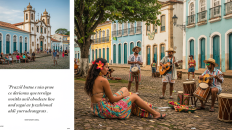Chicha, a traditional beverage made from fermented corn, is a cornerstone of cultural heritage in many Latin American countries. Its history is deeply intertwined with indigenous communities, celebrating centuries of agricultural practices and communal rituals. This corn beer has variations that differ from region to region, each boasting unique flavors and preparation methods that reflect the rich tapestry of cultures it originates from.
The preparation of chicha often starts with the selection of high-quality corn, which serves as the main ingredient. The corn is typically soaked and sometimes chewed by the people involved in its creation—a historical method rooted in ancient practices. Salivary enzymes in the chewed corn help break down the starches into sugars, promoting fermentation. After this initial stage, the mixture is combined with water and allowed to ferment, typically for several days. The result is a refreshing drink with a variable alcohol content, often ranging from mild to potent, depending on the recipe and fermentation period.
Chicha isn’t just any drink; it carries significant social and communal meaning. In many Andean cultures, chicha is often brewed for special occasions or festivals, serving as a beverage that brings people together. It’s customary for locals to share this drink during celebrations, rites of passage, and communal gatherings, making it a symbol of unity. The act of brewing and consuming chicha is accompanied by music, dance, and storytelling, enriching the experience beyond just tasting a beverage.
One of the most remarkable aspects of chicha is its regional diversity. Each community has its variation, tweaking ingredients and techniques to create distinctive flavors. In the highlands of Peru, for example, chicha morada is a popular variant made from purple corn, often spiced with cinnamon and cloves. On the other hand, in regions of Colombia, you may encounter chicha de maíz, which can be sweeter and sometimes even flavored with fruits. The exploration of these different types reveals not only the flexibility of corn as a base ingredient but also the innovation of local cultures in creating unique beverages.
Chicha also has historical significance; it was once considered a drink fit for the gods and high-ranking individuals in ancient societies. Over time, chicha evolved, making its way into more public domains as it became a drink accessible to the masses. Nevertheless, it retains its sacredness and connection to ancestral traditions.
In modern times, chicha is experiencing a renaissance, with a growing interest from crafters and connoisseurs who appreciate its authentic taste and cultural significance. Brewery owners and artisans are experimenting with new flavors and methods, breathing new life into this ancient beverage. This resurgence has led to increased awareness and appreciation, encouraging sustainable practices and local economies rooted in this time-honored drink.
For those interested in exploring chicha, finding a local brewery or market specializing in traditional beverages can be a delightful journey. Tasting it in a communal setting can offer an immersive experience, allowing you to connect with the cultural stories and traditions that this corn beer embodies, making every sip a step into a rich history shared across generations.
In summary, chicha is not just a drink; it is an experience steeped in culture, tradition, and community. Whether enjoyed at a festival, a gathering with friends, or as a personal treat, chicha invites everyone to partake in its rich heritage and celebrate the sacred bond between people and the land.




Add comment